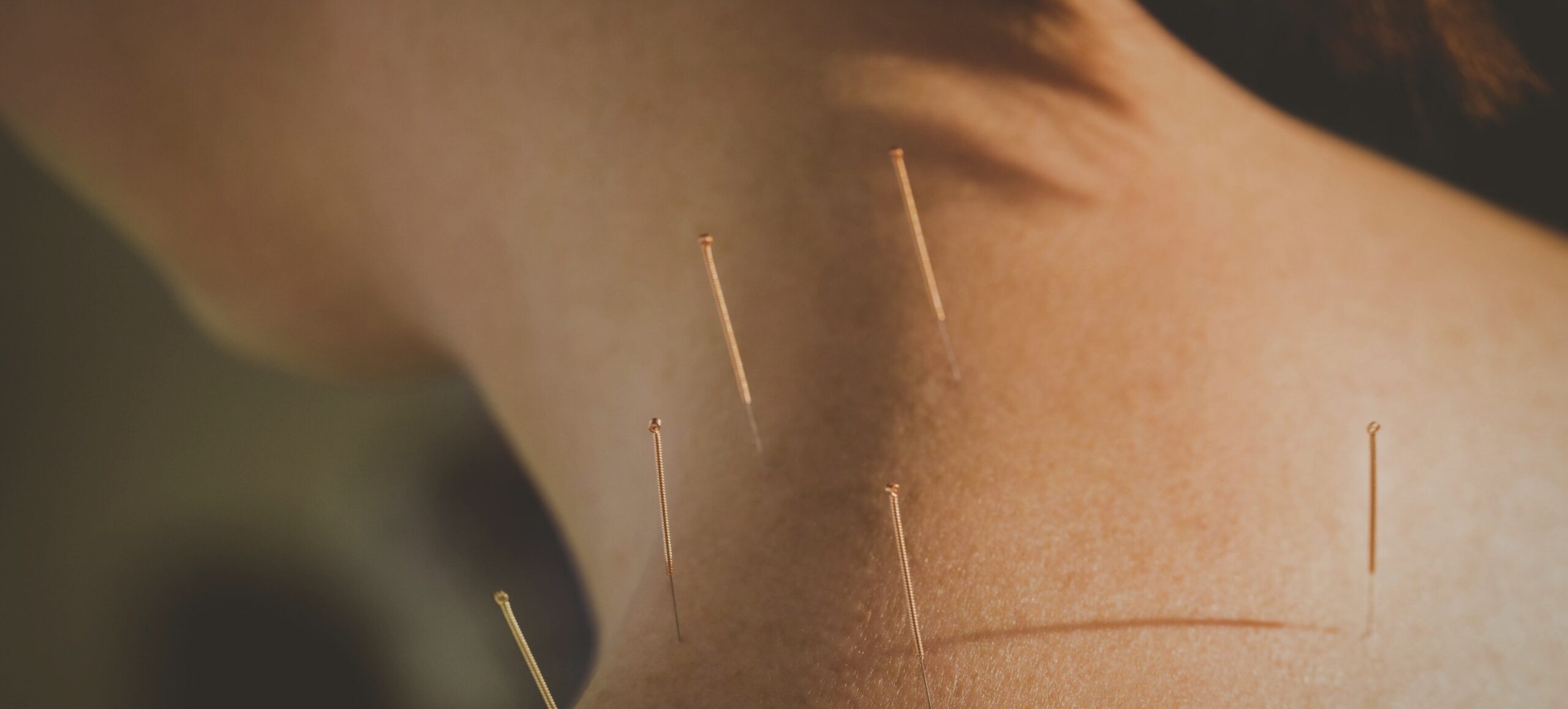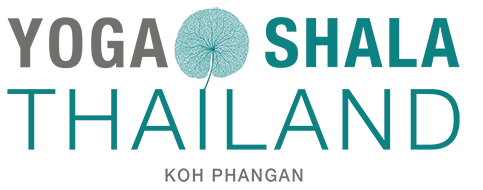
(Dry needle myofascial physiotherapy puncture)
Appointment in Koh Phangan
Dry Needling session 20/30 min, 800 THB
Type of treatment
• Muscle aches
• Muscle contractures
• Feeling of stiffness
• Osteoarthritis and arthritis
• Fracture and tear
• Headaches like migraines and tension headaches
• Tendonitis
• Fibromyalgia
• Joint pain
• Pain in the knee, thigh, buttocks or calf
• Neuralgia
• Carpal tunnel syndrome
• Pain in the spine (neck, lower back, etc.)
• Sciatica, lower back pain
• Cramps, etc.
For quick and easy organization, click on the button to exchange on WhatsApp.
Please specify in your message what you wish to address.
What is Dry Needling ?
Dry needling consists of using sterile single-use acupuncture needles – called “dry” needles as opposed to those intended for the injection of liquids – to release the contracture by pricking at this trigger point.
Dry needling is the common term used to refer to the release of the trigger point also called trigger point or trigger point. It is currently one of the most advanced techniques for treating pain and movement disorders.
Dry needling is a method of manual therapy called trigger points. These painful areas of muscular tension can appear in different places in the body following trauma, overload, shock or stress. Trigger points cause a reduction in tissue perfusion (muscles, tendons and ligaments) and inflammation can occur.
Trigger points are not visible when you perform imaging tests such as an MRI or ultrasound. On the other hand, they can be detected by palpation. In fact, the areas of muscular tension are “harder” and form a muscular cord (or muscular knot).
This area of tension can cause pain of varying intensity and be occasional or chronic. It is also not uncommon for them to radiate to other areas of the body.
At the origin of contractures, “overwork of the muscle, caused by repeated movements or postural habits leading to changes in physiology.
Cords form when the calcium released by the nerves to control contraction is not properly reabsorbed by the muscle. »
Locally, blood and lymphatic circulation is less fluid, some muscle fibers no longer relax and stiffness sets in, accompanied by local or distant pain.
The dry needling method consists of pricking the points of tension with a very fine needle to relax the area and locally stimulate blood circulation in the tissues. This is a recent method, frequently used in sports and in orthopedic rehabilitation.
Inserting a needle into the trigger point relaxes the muscles, stimulates blood flow, decreases inflammation and triggers a healing response.
This treatment also improves nerve communication and activates the release of the body’s natural painkillers.
When you prick a well-identified trigger point, relief is almost immediate.
The penetration of the needle instantly restarts circulation, the calcium is reabsorbed, the muscle fibers relax and the cord disappears.
What is the difference between Dry Needling and Acupuncture ?
Unlike acupuncture, which is part of traditional Chinese medicine and focuses on the flow of energy along the body’s meridians, dry needling focuses specifically on deactivating trigger points in the muscles.
These trigger points can be tender, tight, or painful areas in the muscles that can cause local pain.
Although close to acupuncture, the dry needling method is different.
Regarding dry needling, fine single-use needles are used. A trigger point is previously precisely identified to relax the muscles, unlike acupuncture where the needles are placed on several regions of the body at the same time to recirculate the body’s energy at the global level, the needle in acupuncture is also introduced superficially onto the skin.
Several forms of Dry Needling ?
Intramuscular stimulation involves inserting the needle directly into the trigger point or muscle cord. On a physiological level, this creates what is called a muscle twitch and the reduction of the inflammatory reaction at the point of tension. In terms of sensations, the patient may feel a sort of relaxation, a sign that the trigger point has been identified.
In superficial dry needling, the needles will be inserted to a depth of 3 to 4 mm in the skin at the level of the trigger point concerned. This technique reduces pain and relieves the patient almost instantly. Here, the needle does not reach the fabric directly but stops slightly before.
Regarding SEIM dry needling, we will use at least two needles inserted into the muscular cord. The needles will then be stimulated by a light electrical current (TENS). This technique can be used to enhance the effects of intramuscular stimulation.
How effective is Dry Needling ?
Dry needling, by penetrating the skin and stimulating connective and muscular tissues, helps to soothe pain and promote movement.
The benefits of dry needling are multiple :
• First of all, dry needling helps reduce pain according to the results of several studies. The relief is immediate and lasts in the short term.
• Then, used in association with other manual therapies such as Cupping, this technique helps to facilitate and streamline the movements of people who use it. Used in sports, yoga, dry needling would improve the strength and mobility of athletes, while reducing pain. A dry needling session also does not affect performance and does not induce a feeling of fatigue or muscle weakness.
• Finally, dry needling helps speed up recovery, after exercise for example or after an injury or trauma. For example, you can combine classic rehabilitation sessions with dry needling and cupping sessions to optimize the results of the sessions and regain your abilities more quickly if you practice physical activity.
The dry needling method can be recommended in the event of :
• Muscle aches
• Muscle contractures
• Feeling of stiffness
• Osteoarthritis and arthritis
• Fracture and tear
• Headaches like migraines and tension headaches
• Tendonitis
• Fibromyalgia
• Joint pain
• Pain in the knee, thigh, buttocks or calf
• Neuralgia
• Carpal tunnel syndrome
• Pain in the spine (neck, lower back, etc.)
• Sciatica, lower back pain
• Cramps, etc.
How does a Dry Needling session happen ?
Dry needling is a safe method with few contraindications. However, it must be carried out by a professional trained in this practice so that the sessions can be carried out optimally. Hygiene is also important, for this you need sterile single-use needles and a specific disinfection product.
A dry needling session begins with hand disinfection and disinfecting your skin with sterile compresses where the needles will be placed. These are then introduced onto the painful area(s) to be treated. Then gently move the needle back and forth in the muscle, turning it slightly. This process aims to eliminate adhesions and muscle tension to provide rapid relief.
Dry Needling, is it painful ?
Dry needling is generally not or very little painful. After the session, you may feel soreness for 24 to 72 hours.


